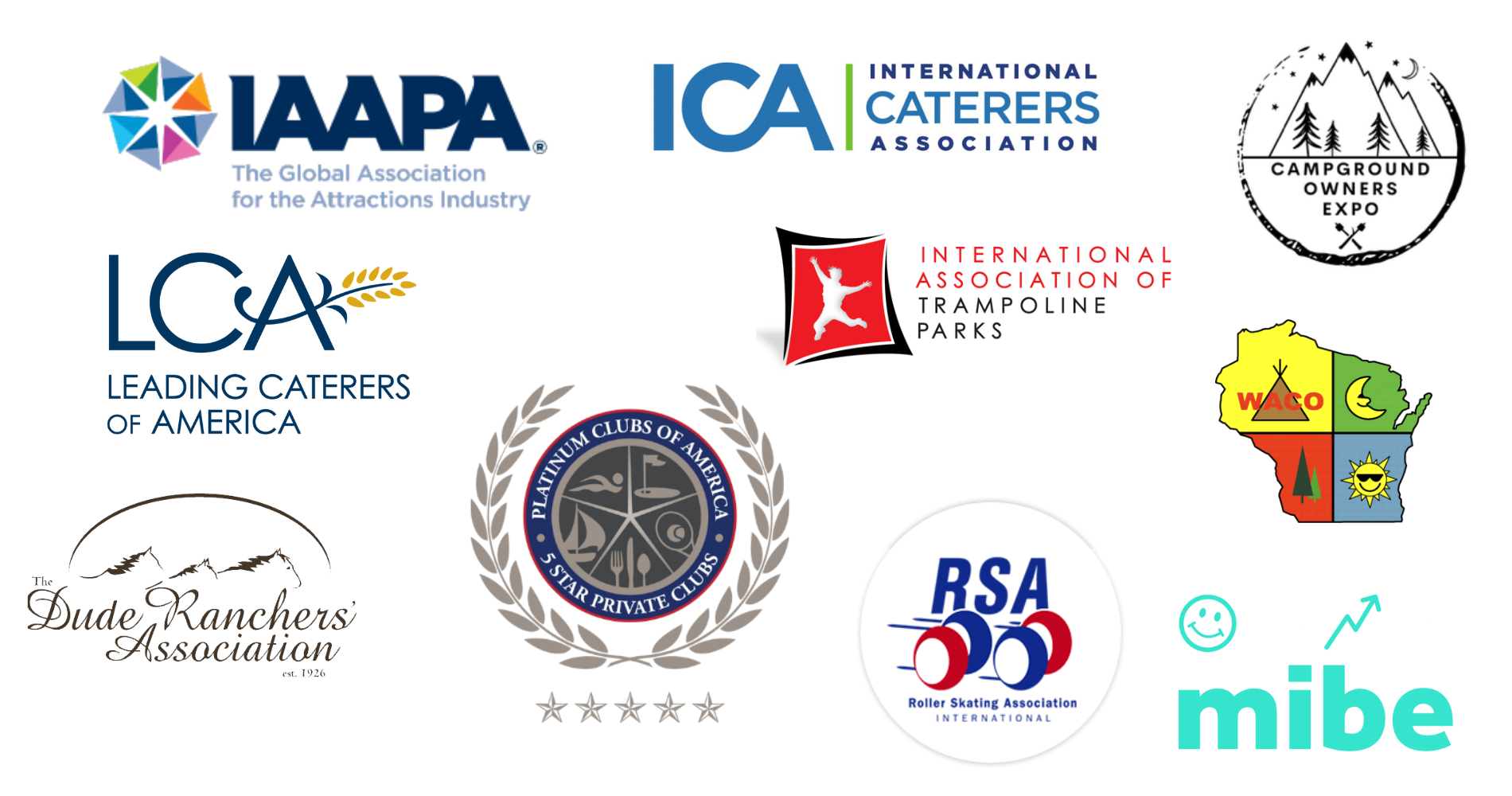Generate Higher Catering Profits This Year with These Simple Tips
/Ever wonder how to price for profit?
Or maybe you're trying to figure out how to cut costs without sacrificing quality.
Maybe you're having difficulty getting your sales and culinary teams on the same page.
You've got questions; we've got answers!
We teamed up with ICA and some of the best caterers on the planet for a special edition webinar to tackle your biggest questions and make it easier for you to generate higher profits this year.
Developing pricing with sustainability in mind
Everyone wants to make a profit. And profit and pricing go together like caterers and kitchen clogs.
Setting prices means that it’s important to picture how sustainable they would be in your market, and you’ll want to avoid fluctuating those prices as much as possible. Clients value consistency, plus you’ll want to ensure that you’re getting the most bang for your buck.
Lon Lane of Lon Lane’s Inspired Occasions answered this question with three words – ‘actual’, ‘market’, and ‘perceived’.
“When we do our menu pricing, I don’t want to leave any money on the table. So I approach pricing from a three-aspect point of view.”
Actual Pricing: The actual pricing is whatever you have in your market for your mark-up.
Market Value: I look at my market and see what’s happening, i.e. what are others selling their grilled cheese sandwich for?
Perceived Value: Lastly, there’s perceived value. The best example I have is that a filet at Golden Corral is perceived a lot differently than a filet at Ruth’s Chris. If you have a client that dines at Ruth’s Chris, they’re used to paying x number of dollars for that particular filet.
Staple food items to buy differently (without negatively impacting company standards)
It’s safe to assume that nearly everyone in business holds their company to a high degree of quality. While not always as simple as it seems, doing so is what keeps the positive client referrals pooling in, and this is how you can attract an equally high standard of clientele.
That being said, it can be difficult to keep up with food purchasing, especially when that gluten-free, organic salad dressing probably isn’t as noticeable as the effort you put into choosing grass-fed beef.
Adam Gooch of Commonplea Catering notes,
“We all have our specialties. But when you start looking at your top 20 items across the board, it really starts blowing your mind. You could be using some local, sustainable honey that you’re drizzling on a salad or something like that, but that specialty honey is not really changing the big dynamic of your company.”
Always be on the lookout for ways you can cut costs without directly affecting the quality your company represents.
This could be as simple as buying a generic ingredient that isn’t necessarily the star of a dish, or even opting for the cheapest butter or oils you can find. You’ll save a lot on your bottom line in the long run.
Avoiding conflict from sales to culinary
Unfortunately, for many businesses, conflict between the sales team and the culinary team isn’t uncommon. Every company is different, of course, but there’s a natural disconnect that occurs when there are two departments that don’t really cross paths.
To solve some of the miscommunication, Megan Palmer Rivera of Palmer’s Darien says,
“I think one of the most important things that I have realized is that it’s not necessarily about the people. My sales team and my culinary team used to absolutely hate each other, and I really thought it was a personality issue. We realized later that even when we changed staff, we kept getting the same results.
To anybody who’s dealing with these issues, I would highly recommend a book called, ‘The Power of Habit.’ Amongst other topics, it talks about the fact that if you do not prescribe institutional habits or a specific culture to your company, your team is going to create their own habits. One of the most important things that we discussed was how, where, and when we were going to discuss our concerns. We created a new culture where all of our issues are aired publicly.”
The Bottom Line
As both catering professionals and small business owners, it’s crucial that we learn to identify the factors that affect our bottom line, both directly and indirectly.
Learning the idiosyncrasies or our staff, the importance of sustainable pricing, and where to save in food purchasing are all applicable to us, regardless of specialty.



